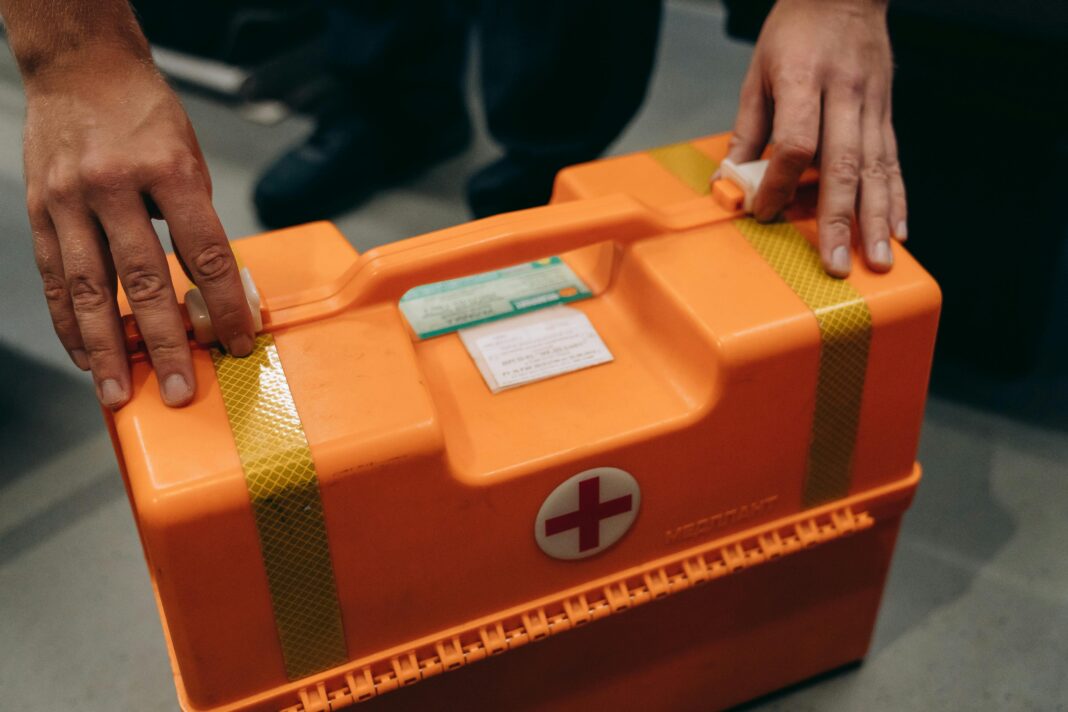First aid training thus refers to a set of skills which is central to enabling those who acquire the knowledge sets to competently manage emergencies. Whether one is at home, in the workplace or in public areas it is always possible to render some basic first aid in case of an emergency and this can can mean the difference between life and death or between spending days or weeks in the hospital, and being able to go home the same day. In this article the author aims to explain the importance of first aid training and what skills are taught in such training, as well as the benefits of being trained in first aid.
Why First Aid Training is Important
Saving Lives: First aid training is important as it can be used to save the life of a person when an emergency occurs. In situations like heart attacks, suffocations, or heavy bleeding, nobody would like to be locked up with no knowledge on how to perform CPR, or applying pressure to certain body parts would lead to death. Pre-action measures can help to save the patient’s life in the case of a sudden illness until an ambulance comes.
Reducing the Severity of Injuries: Subsequently, first aid is very important as it can help in alleviating some minor challenges in becoming detrimental. For instance, cleaning and dressing a wound rightly helps in avoiding an infection and splinting a fractured part avoids worsening of the condition. First aid training academies offer to know-how to handle such incidences successfully.
Promoting Recovery: The time taken in performing first aid leads to a faster rate of recovery than in other cases. We also learn practical patient care such as how to prevent increase in size of sprained ankle for better healing period. Besides, first aid training can make a person ready to give a subject the necessary support in terms of his or her feelings, which is important for the of an injured person.
Increasing Safety Awareness: While taking the first aid training, the participants are informed about safety measures and possible methods that can be employed to prevent accidents. First aid certified persons can be more aware of the measures and risks that exist around them where they work, live or even in common places in order to avoid accidents from happening in future. All this work is done in order to prevent certain incidents or conditions from happening in the first place – making it much safer for all people concerned.
Key Skills Covered in New Castle First Aid Training
CPR and AED (Automated External Defibrillator) Use: It is crucial for childcare providers to know how to carry out Cardiopulmonary Resuscitation (CPR) and Automated External Defibrillator (AED). It is crucial in order to handle any cardiac emergency and using these skills can greatly enhance a person’s outcome.
Wound Care: Necessary provisions for first aid are learned in the actions applicable to different kinds of wounds such as incisions, abrasions, burns, and punctures. It embraces wound cleansing, methods of putting on dresses, as well as applying bands to avoid getting infected or developing an infection that will prolong the rate of healing.
Fractures and Sprains: It covers areas such as how to diagnose when a limb is a fracture/sprain and how to confine it in order to avoid causing more harm. Usual procedures, which include applying splint and using sling techniques, may be taught in these programs.
Choking Relief: NHS also provides information and practical demonstrations on methods using to clear choking in adults, children and babies including the Heimlich maneuver. This skill helps to avoid suffocation, which is impossible when wearing special suits and breathing apparatus.
Burn Treatment: As with all first aid training, there is an explanation of the various levels of burns and how to work towards managing them. This includes how to treat the burn by cooling, covering and determining whether to self-treat , or seek professional assistance.
Poisoning and Allergic Reactions: A 2013 report said that courses will also provide guidelines on how to handle cases of poisoning and anaphylaxis – by using an EpiPen.
Shock Management: This is another key point of first aid training education in identifying and attending to cases of shock. This entails proactively making sure that the affected person is warm, comfortable and stabilizing their condition till the arrival of professional assistance is received.
First aid training enables people to apply the necessary steps in the event of an emergency and hence minimize the impacts of the event, reduce the intensity of injuries and enable fast healing. Whether one is a parent, an employee or a member of a particular community, participation in the first aid training is always a positive move towards the improvement of safety and readiness when an event of emergency occurs. It only takes one decision to turn your average day into a difference for someone’s life, so consider taking a first aid course today.
